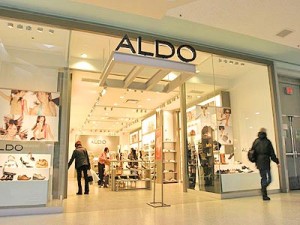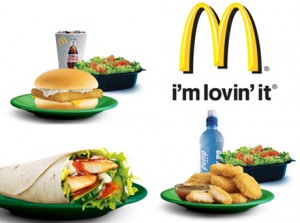
In light of Zappo’s corporate culture that was discussed in class, I have found another company, Aldo, that has a strong corporate culture which is similar to that of Zappos. Aldo has three core values they work by: respect, integrity, and love. When hired, workers have to participate in activities to better understand the company and the customers. In the Aldo office, they provide team members with bright, and spacious workplaces filled with artwork to help them foster ideas. Aldo also provides personal wellness programs for the team members such as on-site gym and fitness classes.
Comparing Zappos and Aldo, both companies greatly value their workers and have strong corporate cultures that their employees love working with. They both emphasize on corporate culture for employees to be more productive and attentive with their work, which subsequently helps the company grow. However, unlike Aldo, Zappos seem to have a closer workplace and relations with other workers while Aldo has a specific team that gets the accommodations and programs. Due to the fact that Aldo is a centralized, workers in a retail chain might not be as close with one another, whereas in Zappos, the company is decentralized, so the CEO can communicate with all this employees. In addition, Aldo’s retail chains might be unclear of what the values due to the lack of communication and enforcement of the values. While in the office, there is constant emphasis of the core values.
Image: http://urban-trendz80.blogspot.ca/2010/12/aldo.html







